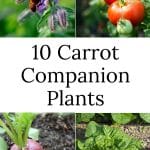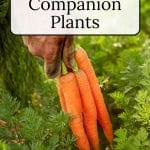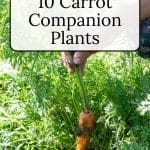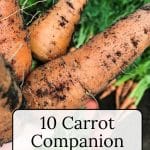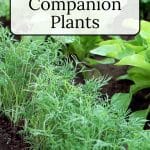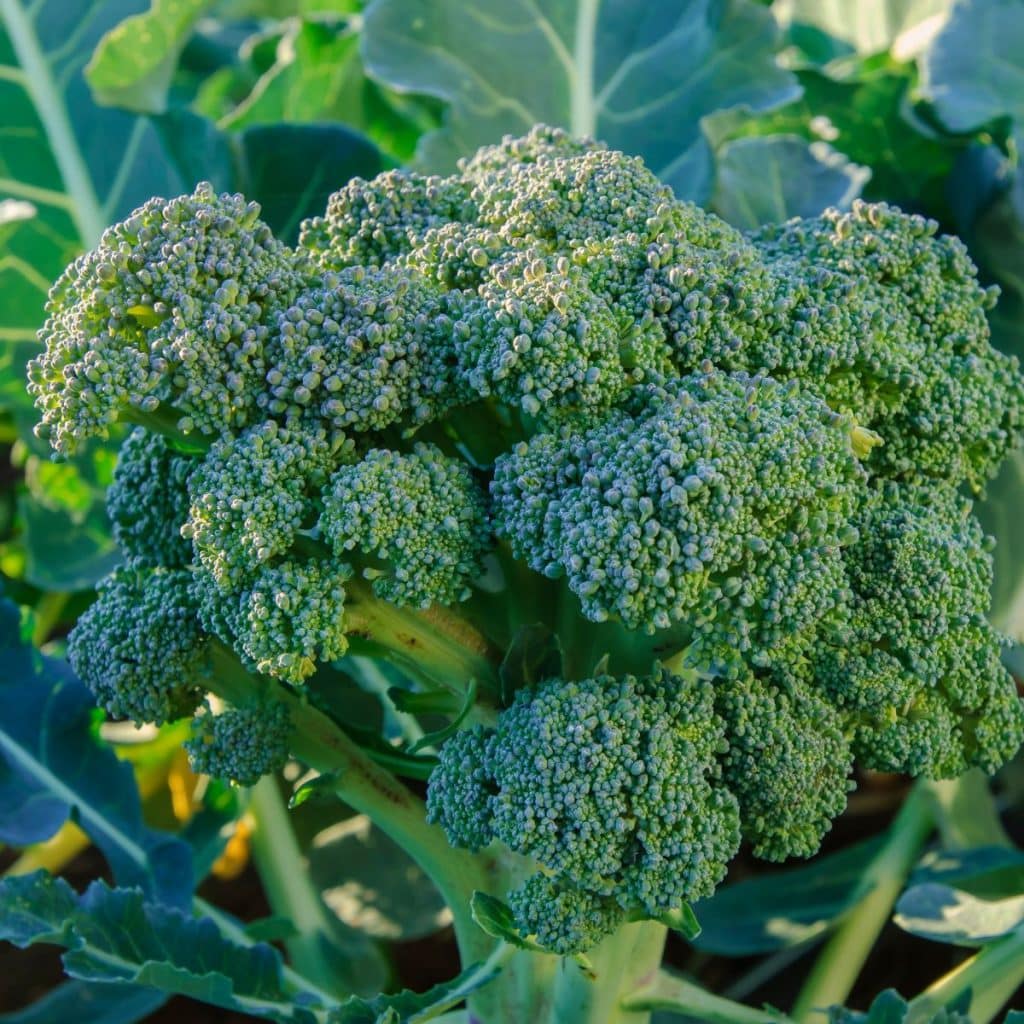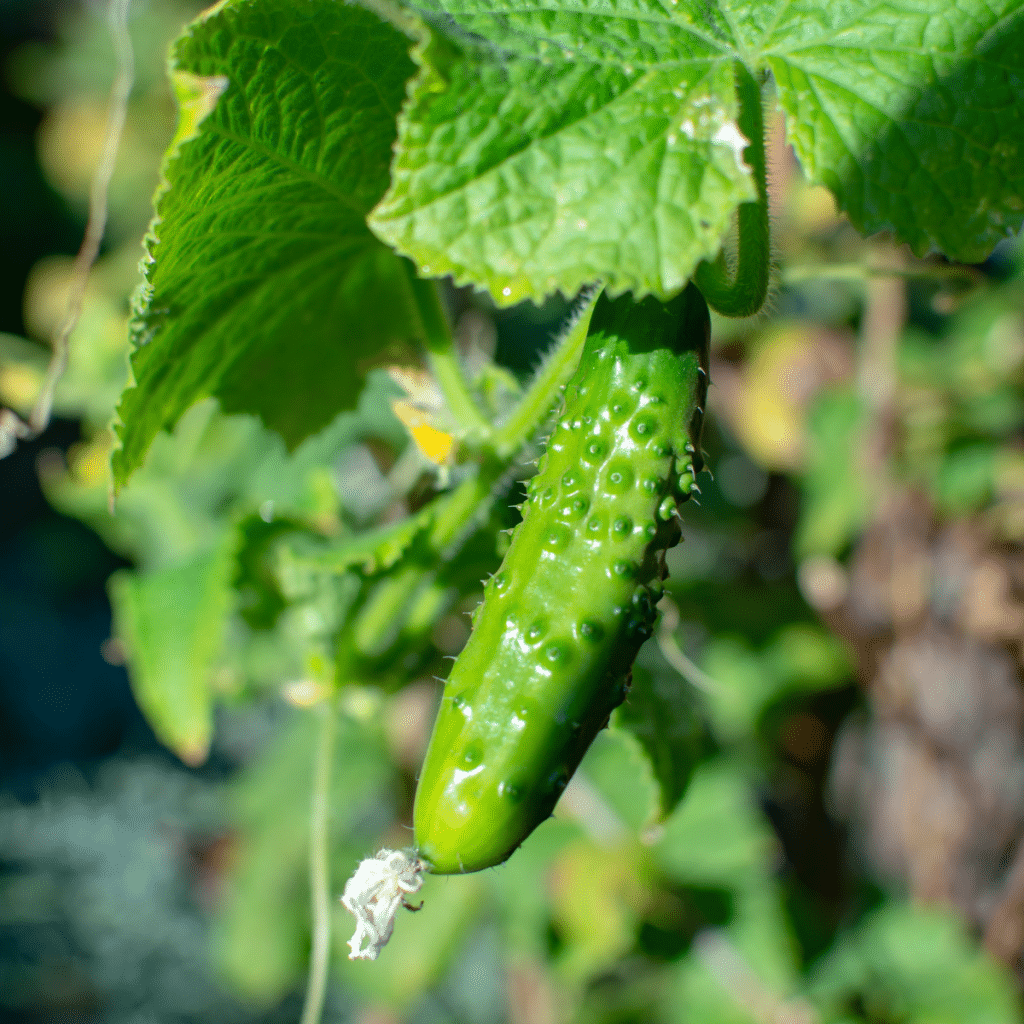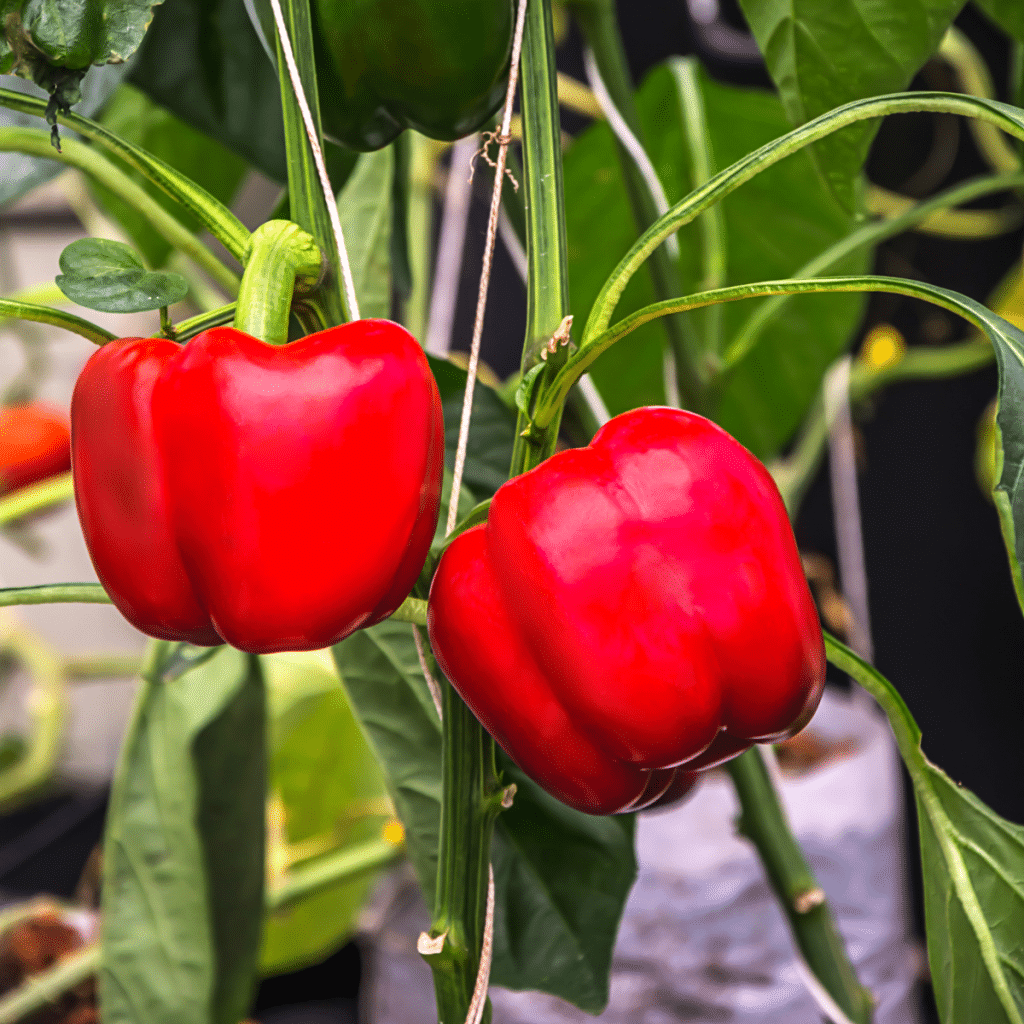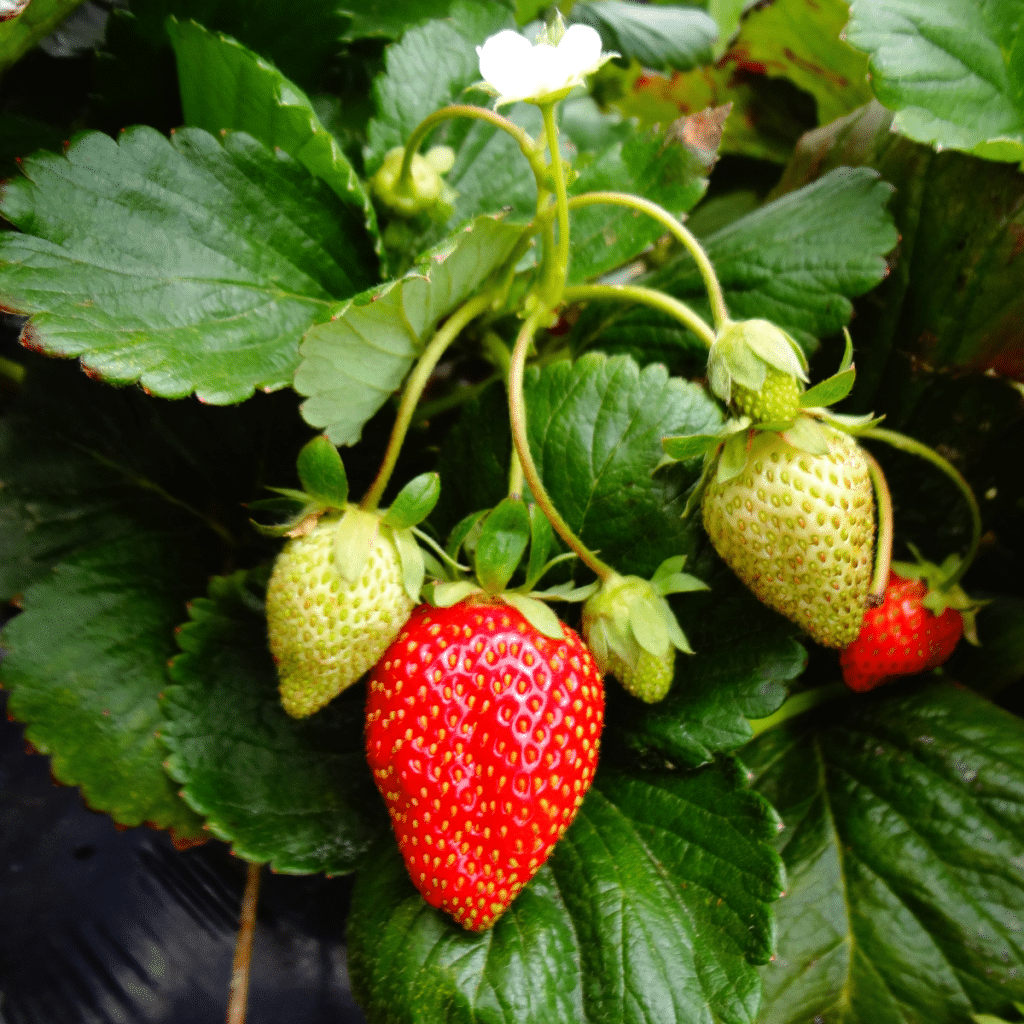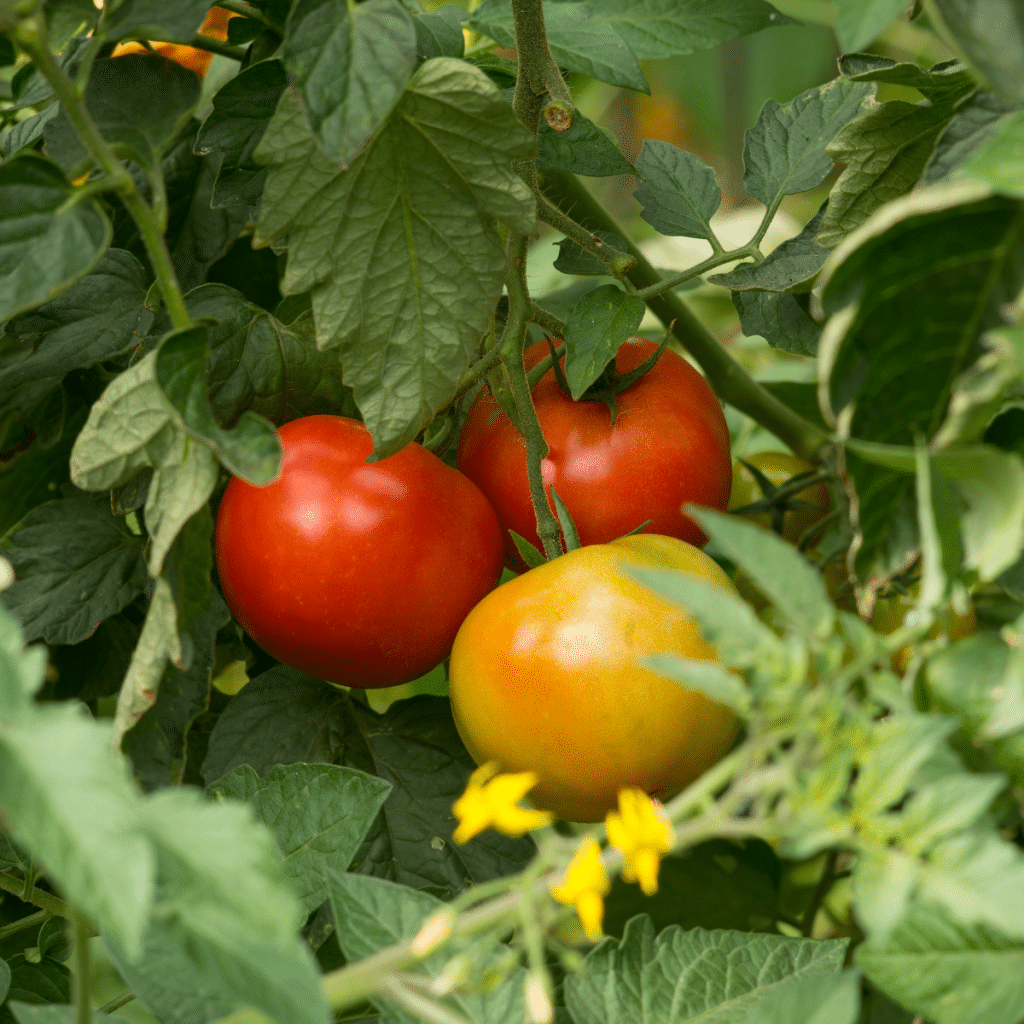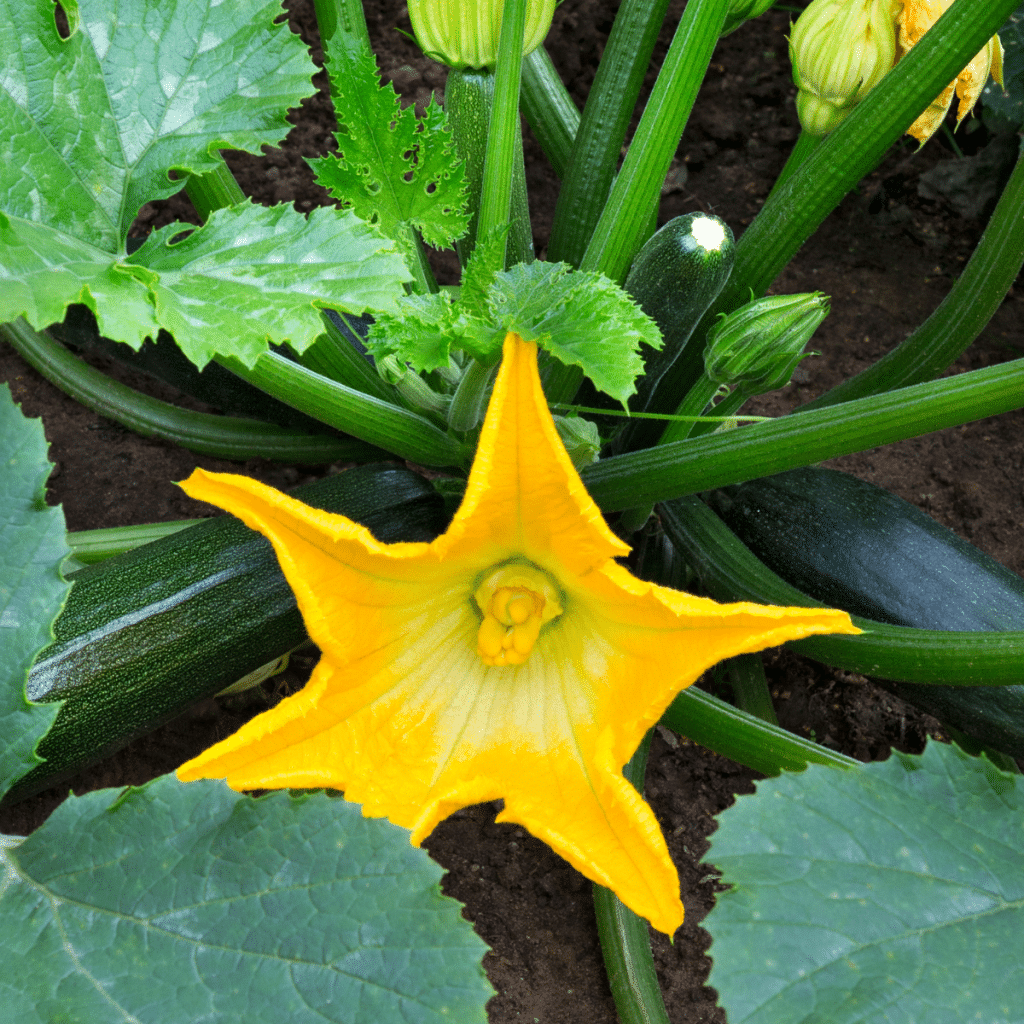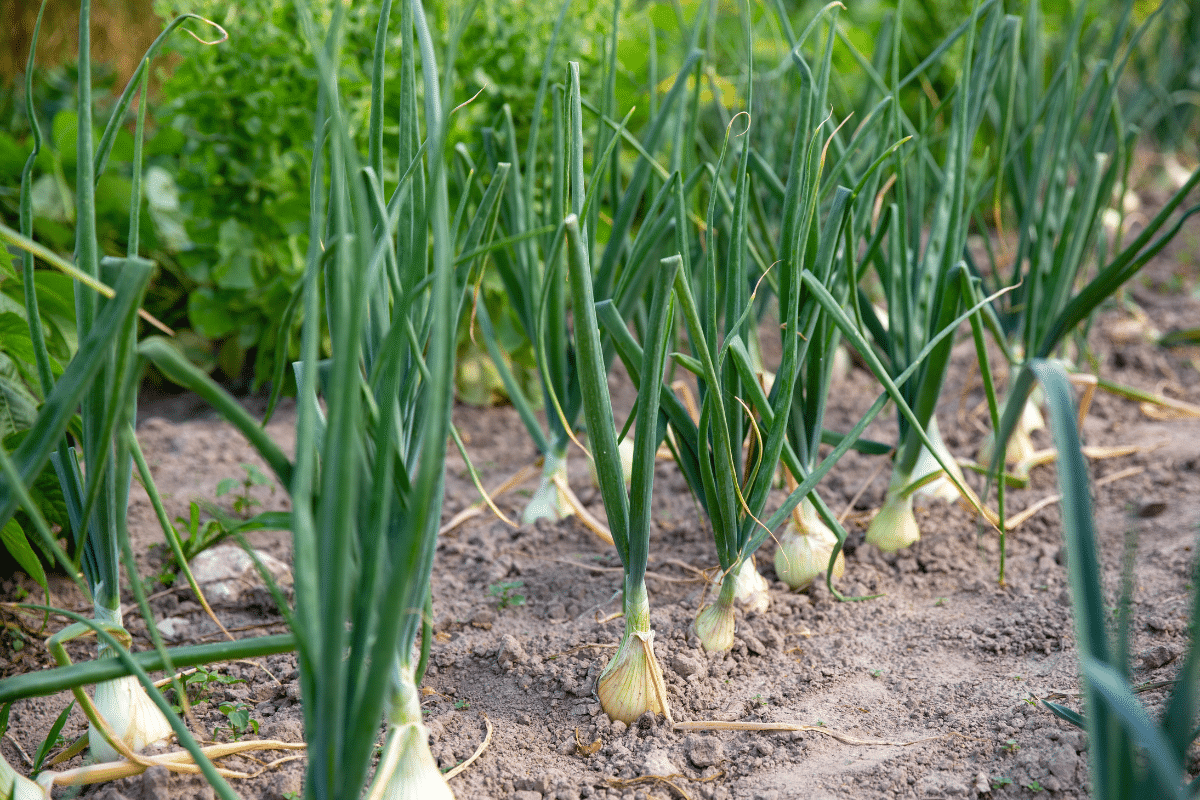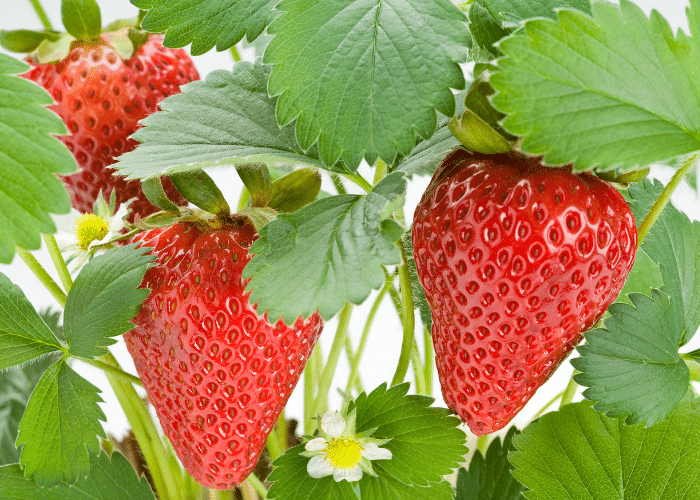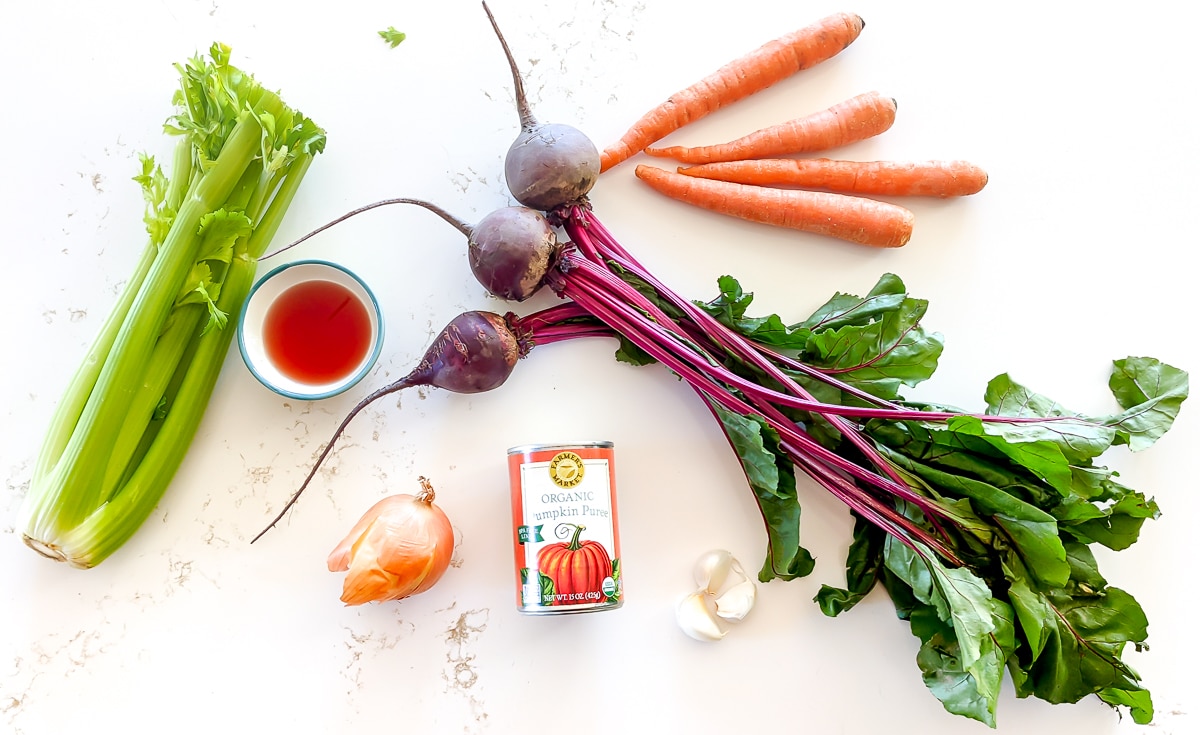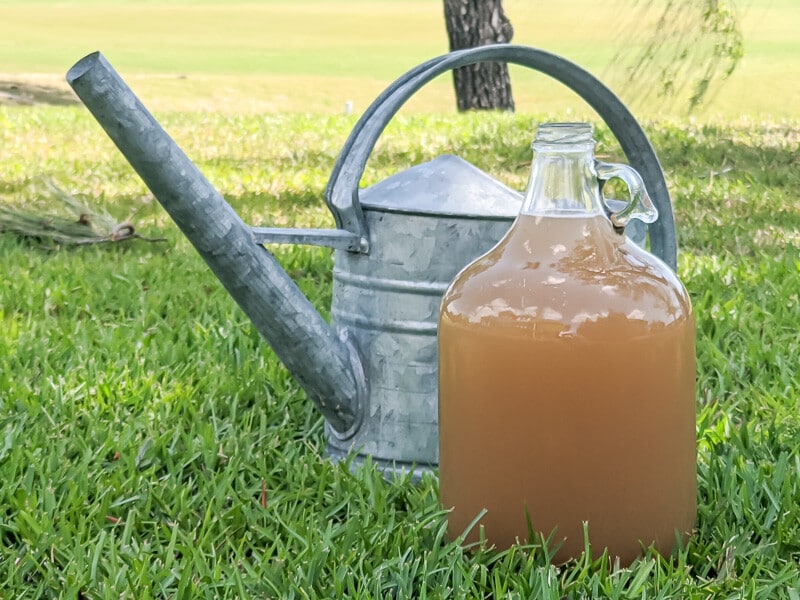Carrot Companion Plants
Companion planting is an age-old gardening technique that can significantly enhance the growth and flavor of all vegetables in your garden. We chat about Companion Planting in general in this post, and now we will discuss Carrot Companion Plants.
By choosing the right carrot companion plants, you can attract beneficial insects, deter pests like the notorious carrot fly, and even improve the overall health of your vegetable garden. This article will delve into companion planting, focusing on the best companion plants for carrots and how they can help your garden thrive.
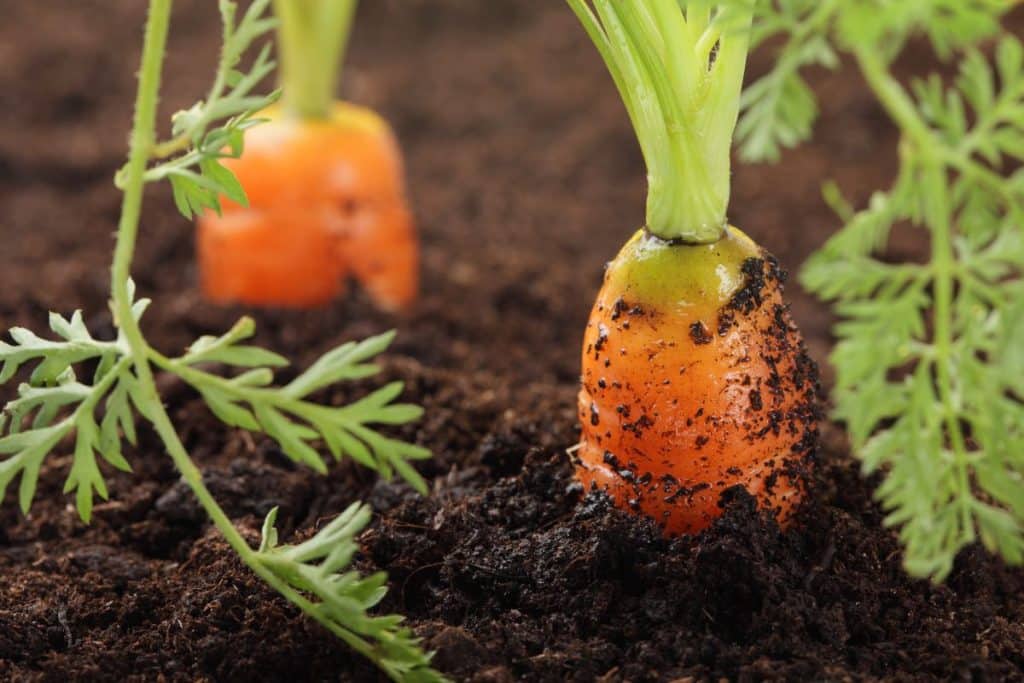
Table of Contents
Common Carrot Pests and Diseases
Carrot flies, aphids, wireworms, and root-knot nematodes are some of the most common carrot pests, with the carrot fly being the most common and destructive. The carrot fly larvae and wireworms burrow and tunnel into the carrot root, making the carrot inedible. Aphids not only suck sap from the carrot leaves but can also transmit viruses that stunt growth.
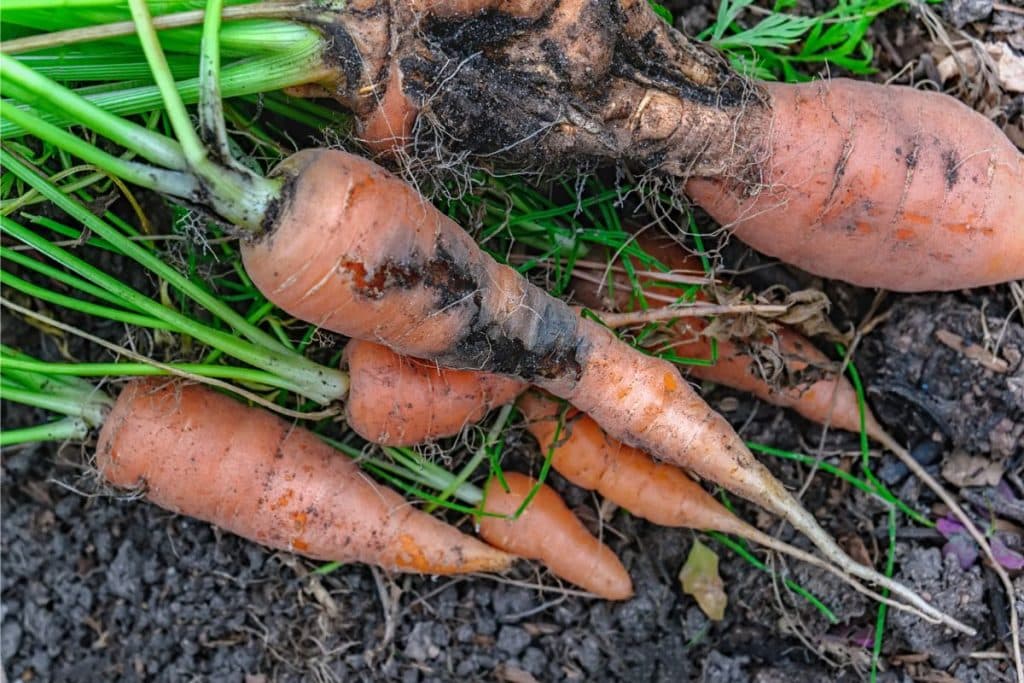
Leaf blight, soft and black rot, and powdery mildew are fungal and bacterial diseases that can cause deformed carrots and reduced yield.
Tips for a Successful Carrot Harvest
Carrots are a cool-season plant that should be planted in the spring and fall.
Spring Planting: Carrots can be planted in the spring as soon as the soil can be worked, usually 2-3 weeks before the last expected frost. This typically means late winter or early spring, depending on your climate. Planting early allows the carrots to mature in cooler weather, which can result in a sweeter flavor.
Fall Planting: For a fall harvest, plant carrots in late summer or early fall, about 10-12 weeks before the first expected frost. Fall-harvested carrots can be very sweet and flavorful, as the cooler temperatures enhance their sugar content.
Choose the right site to plant your carrots.
Carrots require well-drained soil and plenty of sunlight, so choose your planting site accordingly. A raised bed or container can be a good option if your garden soil is heavy or rocky.
Amend your soil with compost or well-rotted manure before planting to improve soil structure and add nutrients. This should provide enough fertility for the carrots to grow well.
If your soil is poor or you’re growing carrots in containers, you may want to use a balanced, slow-release fertilizer at planting time. Avoid high-nitrogen fertilizers and look for a balanced fertilizer with equal amounts of nitrogen, phosphorus, and potassium (such as a 10-10-10).
After planting, carrots generally don’t require additional fertilization. However, if the growth seems slow or the foliage is pale, you can side-dress with a balanced fertilizer or water with compost tea to boost them.
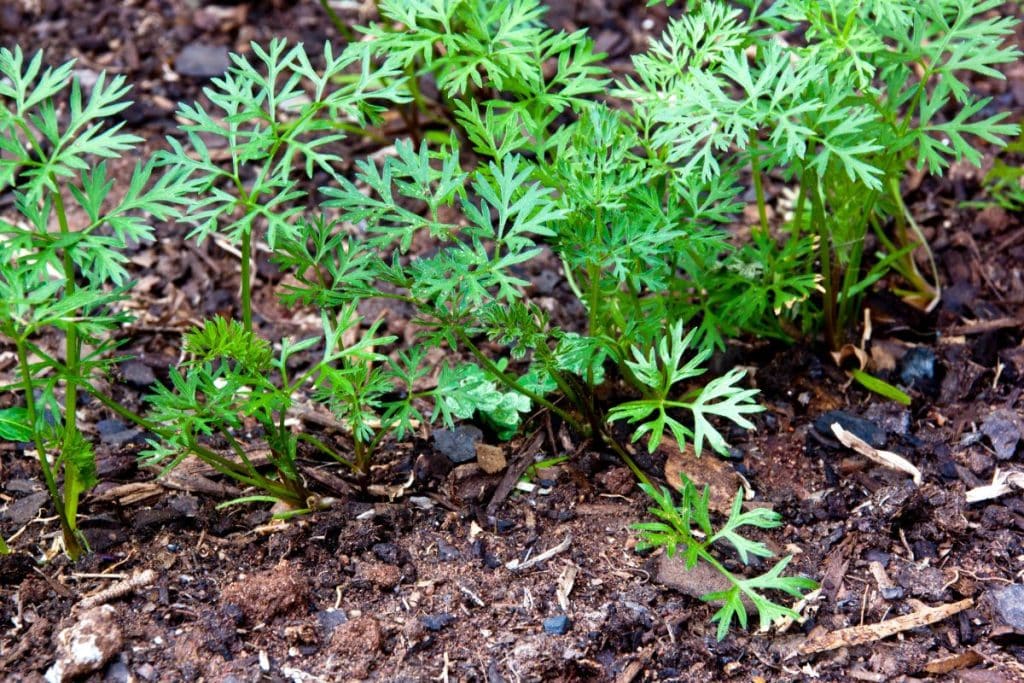
Plant your seeds + Thin your seedlings
Plant carrot seeds about 1/4 inch deep and 2 inches apart. Cover the seeds lightly with soil and water well. Because carrot seeds are small and slow to germinate, they should be planted shallowly and kept consistently moist until they sprout.
Once the carrot seedlings are about 2 inches tall, thin them out to be about 3-4 inches apart. This gives each carrot enough space to grow and develop properly.
Rotate
To prevent diseases and pests, don’t plant carrots in the same spot two years in a row. Rotate your crops to keep the soil healthy and pest-free.
Control pests + weeds
Keep the area around your carrots free of weeds, which can compete with the carrots for nutrients. Also, watch out for pests like the carrot fly, and use carrot companion planting or other organic methods to control them.
Ten Fantastic Companion Plants for Carrot
Planting carrots with a variety of companion plants will improve your carrot yield. The right plants will attract beneficial insects, deter pests, and improve your vegetable garden’s flavor and overall health.
Alliums
Onions, leeks, chives, garlic, and other allium family members are excellent carrot companion plants as they help deter pests, particularly the carrot fly. The strong scent of these plants confuses carrot flies, making it difficult for them to locate the carrot plants.
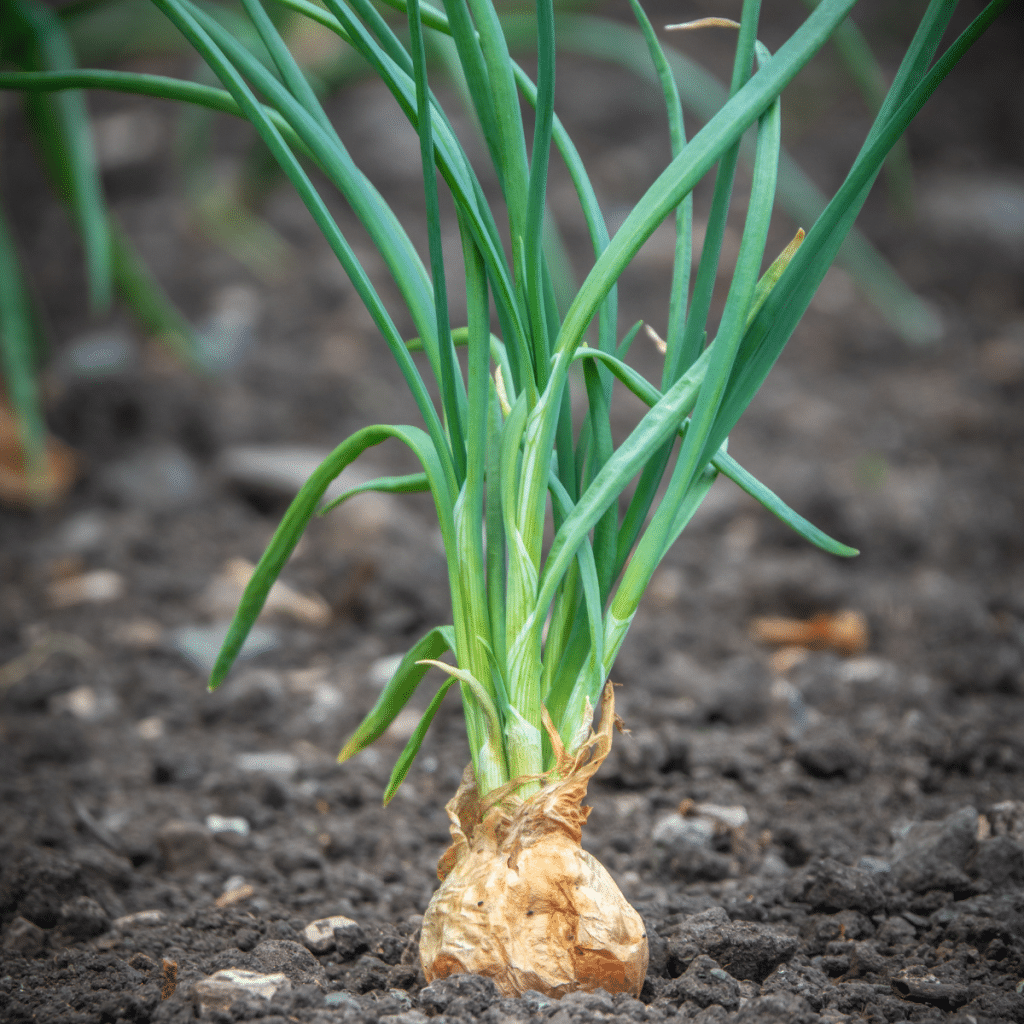
Tomatoes
Even though tomatoes and carrots thrive during different times of the year, when they do overlap, tomatoes provide various benefits to carrots. Tomatoes provide shade to heat-sensitive carrots and produce a natural insecticide called solanine which is believed to deter pests such as carrot flies. There’s a good reason why carrots love tomatoes!
In turn, carrots help loosen and aerate the soil around tomatoes, making it possible for their roots to thrive.
Radishes
Radishes also help deter carrot flies and other harmful pests. Since they mature quickly, they help break up the soil for the slower-growing carrots.
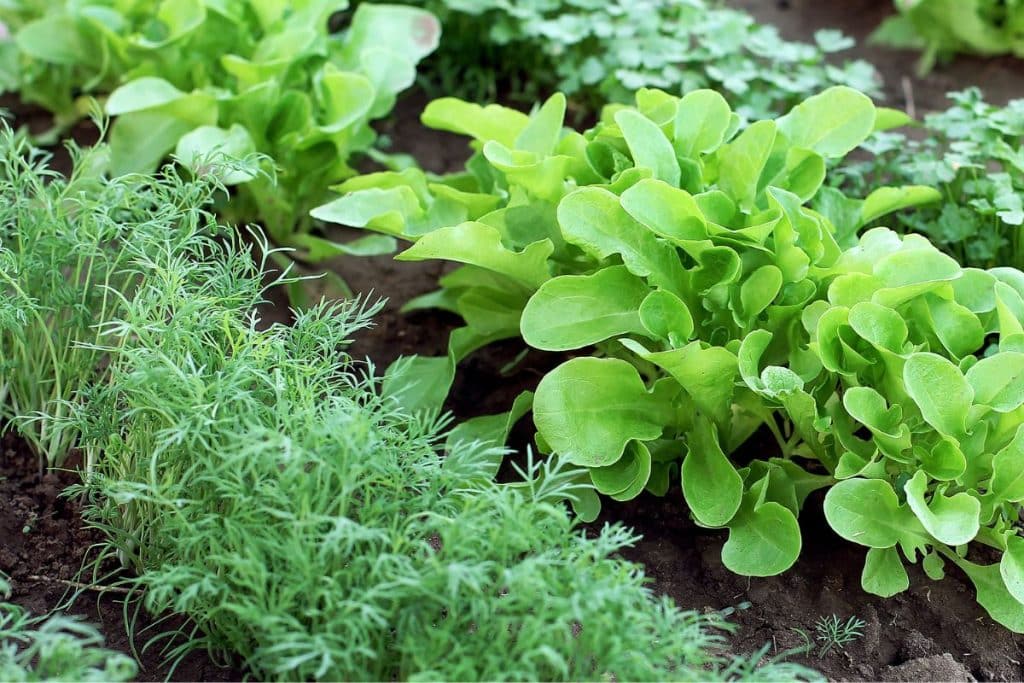
Spinach + Lettuce
Spinach and lettuce have shallow roots and grow well with carrots. They also mature at different rates, so they don’t compete for resources.
Marigolds
The fragrant flowers of French Marigolds repel pests like nematodes and carrot flies while attracting beneficial insects like ladybugs, parasitic wasps, and lacewings. The flowers also improve the vegetable’s carotenoid and sugar contents. Parasitic wasps do enjoy their carrot flies, so it is good to encourage them.
Nasturtium
Nasturtiums are another excellent companion plant for carrots. They not only deter pests but also improve carrot flavor. The vibrant nasturtium flowers attract beneficial insects, creating a more balanced ecosystem in your garden.
Herbs
The scent of sage and rosemary repel carrot flies. Parsley is another herb that will attract parasitic wasps.
Legumes
Peas can help fix nitrogen in the soil, which can benefit carrot growth. Other beans can also help fix nitrogen in the soil. However, larger-growing bean plants should not be planted too closely to avoid competition for space.
Borage
In addition to nasturtium and marigolds, borage is a companion plant powerhouse! Borage improves plant nutrition, deters pests, and attracts beneficial insects…and it produces lovely blue flowers! It’s one of my favorite companion plants. These are the borage seeds I purchased online. They were quick to germinate and are thriving in my raised bed garden.

Beets
Beets and carrots are great companion plants. They benefit from the same growing conditions but don’t compete if planted correctly. Carrots grow vertically, while beets tend to grow a little more horizontally.
What Are NOT Good Carrot Companion Plants?
It is also important to know which plants can potentially harm or hinder the growth of your carrots. Here are some plants that are generally not recommended to plant with carrots:
Dill
Dill and carrots are from the same family and attract similar pests. They can also cross-pollinate, affecting both plants’ flavor and growth.
Parsnips
Like dill, parsnips are from the same family as carrots and attract similar pests, particularly carrot flies.
Celery
Celery and carrots compete for the same nutrients and can hinder each other’s growth when planted together.
Attract Beneficial Insects When Growing Carrots
The carrot fly, also known as the carrot rust fly, is the most harmful insect to carrots. Ground beetles and parasitic wasps, as well as starlings and robins, enjoy noshing on the pesky flies. So, whatever you can do to encourage these insects and birds is helpful. We’ve talked about the plants that encourage parasitic wasps, but beetles are a little more challenging.
Beetles live in stacks of logs, compost bins, and piles of stones. They can also be found along water beds and among leaves and mulch.
In addition to ground beetles and parasitic wasps, aim to attract ladybugs, lacewings, and hoverflies to your garden.
Shrug off your bug-squeamishness and get comfy with the benefit of good bugs!
Frequently Asked Questions
While companion planting can significantly reduce pest problems and is a great tool in an integrated pest management strategy, it may not completely eliminate the need for other pest control methods, especially in cases of severe infestation. It’s best used as part of a holistic approach to garden management.
Companion planting is useful in container gardens. Choose compatible companions based on their growth habits and size.
The optimal distance between companion plants can differ depending on the types of plants involved. In general, companion plants should be located close enough to provide the intended benefits, such as deterring pests or providing shade, without competing too aggressively for resources such as space, water, or nutrients. Adhere to the spacing recommendations given for each plant variety and make adjustments based on observation and experience.
Companion Plants for Other Garden Vegetables
Pepper Companion Plants
Thanks so much for spending a few minutes of your busy day with me!
To ensure you don’t miss future content, pop your email in the pale green box on the right or click here. I usually send one email weekly, so I won’t inundate your inbox. I’m sensitive to an overflowing email inbox!
We will only use your email address to send you emails, no more than 1-2 weekly. In addition, you will have access to my growing library of knit & crochet patterns and other printables. Check back often as this library will continue to grow. You can unsubscribe anytime by emailing me or clicking on the “unsubscribe” link at the bottom of all emails.
And you can access many of the products I refer to on my Nourish and Nestle Amazon Page. You can access it here.
So, if you’d like to participate in the ‘subscriber benefit’ action, simply subscribe to Nourish and Nestle here or use the form on the right sidebar. It’s slightly towards the top.
I have sent all my subscribers the link to the Subscriber Benefits Library. If you missed it or misplaced it, let me know.
Until next time…


